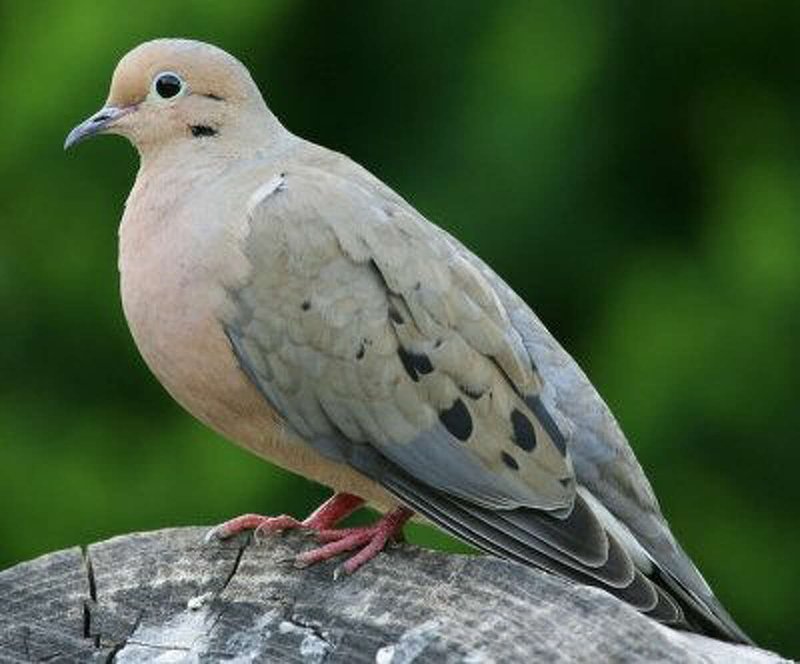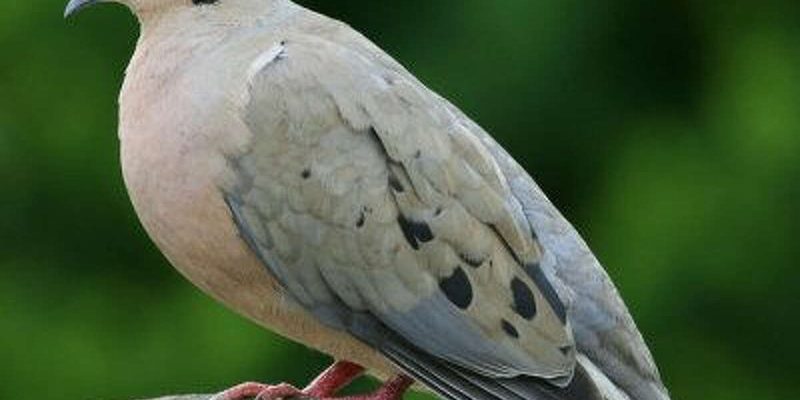
Conservation efforts for mourning doves are like a well-tended garden. Each effort contributes to a larger ecosystem of protection, helping to nurture the dove population and maintain its delicate balance in nature. By understanding the threats they face and the measures taken to protect them, we can all play a part in ensuring that future generations can enjoy the soothing sound of their coos in the wild.
In this article, we’ll dive deep into the various conservation efforts aimed at safeguarding mourning doves. From habitat preservation to educational initiatives, we’ll explore how these actions help protect not just the mourning dove but also many other species that share its environment.
The Importance of Mourning Doves in Ecosystems
Mourning doves may seem like just another bird, but they play a vital role in their ecosystems. These doves are seed eaters, primarily consuming seeds from grasses, weeds, and even crops. By doing this, they help control vegetation growth, which contributes to a balanced ecosystem. You might think of them as nature’s little gardeners, spreading seeds as they feed and helping plants thrive in their environments.
Another interesting aspect of mourning doves is their role in the food chain. They serve as prey for larger animals, such as hawks, raccoons, and snakes. This connection helps maintain the balance between predator and prey, which is crucial for a healthy ecosystem. Without mourning doves, the absence of these birds could lead to overpopulation of certain predators, impacting other species negatively.
The sound of a mourning dove’s cooing is not just soothing; it also signifies the presence of a thriving environment. Their resilience and adaptability to different habitats make them a symbol of peace in many cultures. Preserving their population is essential, not only for their sake but also for the well-being of the ecosystems they inhabit.
Understanding the Threats to Mourning Doves
Like many wildlife species, mourning doves face several threats that jeopardize their survival. Habitat loss is one of the most significant challenges. As urban areas expand and farmland increases, the natural habitats where mourning doves thrive are disappearing. This loss reduces their access to food, nesting sites, and protection from predators.
Moreover, climate change poses additional challenges. Alterations in weather patterns and extreme weather events affect their migratory routes and breeding seasons. For example, drought can lead to a reduction in seed availability, making it harder for doves to find food during critical times.
Then there’s the issue of hunting and shooting. Though regulated in many places, hunting can still put pressure on mourning dove populations, especially if conducted unsustainably. It’s essential to strike a balance between hunting practices and conservation efforts to ensure that mourning doves can continue to thrive.
Habitat Preservation Initiatives
One of the most effective ways to protect mourning doves is through habitat preservation. Numerous organizations work tirelessly to maintain and restore the natural environments that these birds depend on. For instance, local conservation groups often acquire land to protect it from development or degradation.
Another method is creating wildlife reserves and sanctuaries. These protected areas not only benefit mourning doves but also countless other species living in similar habitats. By ensuring these areas are free from human interference, we provide a safe haven for these birds to nest, breed, and thrive.
You might wonder how these efforts actually impact mourning doves. Well, when their habitat is preserved, doves have greater access to essential resources like food, water, and shelter. This directly results in healthier populations and ultimately contributes to ecosystem stability overall.
Community Engagement and Education
Conservation isn’t just about protecting habitats; it also involves educating the community. Various organizations have developed programs to raise awareness about the importance of mourning doves and the need for conservation efforts. By engaging communities, they nurture a sense of responsibility toward protecting these birds.
Educational programs often include workshops, volunteer opportunities, and outreach initiatives in schools. For instance, community bird watching events enable people to experience mourning doves and other birds up close. These activities foster appreciation and encourage individuals to get involved in conservation efforts.
Moreover, local partnerships can empower communities to take action. By collaborating with schools, businesses, and environmental groups, they can create campaigns to address habitat destruction and promote safe hunting practices. When communities unite for a common cause, the impact can be significant.
Research and Monitoring Programs
Another crucial aspect of conservation efforts is ongoing research and monitoring. Various wildlife agencies track mourning dove populations and their migratory patterns to understand how they are affected by environmental changes. This data is vital for making informed decisions on how best to protect them.
For example, researchers might set up banding programs. By attaching bands to the legs of mourning doves, scientists can monitor their movements and survival rates. This information helps identify which populations are thriving and which might be struggling, allowing for targeted conservation actions.
Additionally, research into their breeding habits can provide insights into what environmental conditions are necessary for successful nesting. With this knowledge, conservationists can create strategies to enhance breeding success and keep those delightful coos echoing through our neighborhoods.
Legislation and Policy Changes
Legislation plays a significant role in safeguarding mourning doves. Various laws and regulations govern hunting practices and habitat protection, ensuring that mourning doves are managed sustainably. For instance, limits on hunting seasons and bag limits help prevent overharvesting.
Furthermore, conservation organizations often advocate for policy changes. They may lobby for stronger protections for migratory birds, which can help mourning doves and many other species. These advocacy efforts can lead to meaningful changes that benefit the entire environment.
You might be wondering how this all ties back to you. Well, engaging with local policies and supporting conservation initiatives can amplify these protective measures. When citizens voice their concerns, decision-makers are more likely to take action that benefits wildlife like mourning doves.
How You Can Help Mourning Doves
Feeling inspired to contribute? There are many ways you can help protect mourning doves in your own backyard. For starters, creating a bird-friendly garden can provide them with food, shelter, and nesting opportunities. Planting native plants and maintaining a safe environment can make a huge difference.
Another way to help is by supporting local conservation efforts. Whether through donations or volunteering, your contribution can directly benefit habitat preservation and education programs. Even small efforts can culminate in significant change—a testament to the power of community action.
Lastly, spreading awareness is key. Share information about mourning doves and conservation efforts on social media, or talk about it with friends and family. The more people know about these lovely birds and the challenges they face, the more likely they are to take action.
In conclusion, mourning doves bring peace and beauty to our natural world, but they need our help to thrive. Understanding the conservation efforts aimed at protecting them gives us all the opportunity to play a part in preserving these gentle creatures for future generations. Let’s work together to ensure that their soft cooing continues to fill the air and our hearts.

